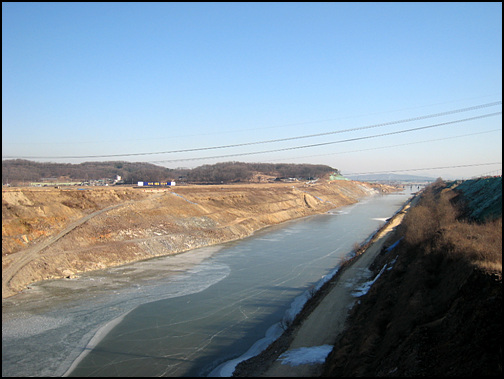
A FRENCHMAN WHO LIVES in Australia is looking for a jazz club in downtown Kyoto. He pensively inspects a folded map, looks towards the corner of Sanjo and Gokomachi, and then eyes me. A black saxophone case is slung on his shoulder.
“Do you speak English?” he asks, a muted sense of urgency between his scattered accents. I tell him I do and a relieved smile spreads across his face — the kind one might get upon finding their emergency cigarette at the end of a hard day. “Oh man, that’s great!” he says, pausing for a moment to enjoy this good fortune. But at his second question, Do you know your way around here?, it becomes clear this celebration may have been premature.
He’s supposed to meet friends at eight o’clock at the venue, and it’s supposed to be right here. Janice and I lend him our eyes, sweeping the intersection once over and even looking at the map ourselves. But no dice. We’re just wrapping up our second day in the city and our local knowledge is thin. We wish our new friend good luck and start on our way back to the ryokan.
Then Jan sees it — Le Club Jazz (yes, that really is the name), on the second floor above an Italian restaurant overflowing with lubricated wedding party merriment, groomsmen outside chatting with glowing faces. I run down the street and catch up with our international musician and point him in the right direction. Champagne bubbles of thanks and excitement flow in return, and we consider checking out the club ourselves as we say a more final farewell. But we’ve been exploring since the morning, and a hot bath and our futon are singing a shamisen siren song.
Continue reading ‘Day 3: A Slow Walk to the End of Daylight’






You must be logged in to post a comment.